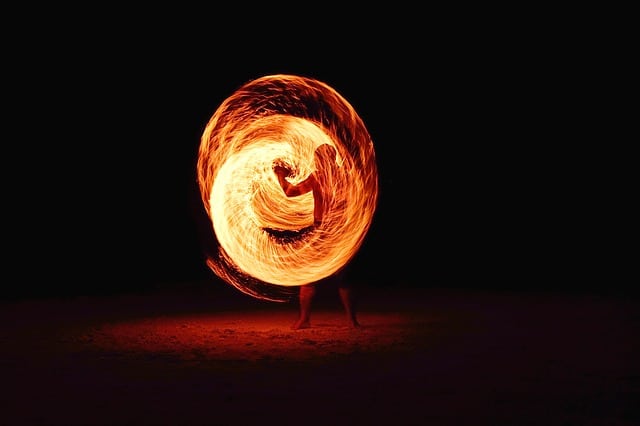
All the energy in the body is converted into heat
The area of physics focused on techniques and resources for measuring heat is known as calorimetry . The measurement of heat that, in a biological, chemical or physical process, is absorbed or released is also called calorimetry.
The heat
Before moving forward, it is important to highlight that heat is an energy that passes from one body to another. These bodies, due to the action of heat, can register changes of state and dilate.
One of the most important concepts related to heat and bodies is transfer , a process belonging to the field of physics that is described as the propagation of heat through different media. Precisely, calorimetry is dedicated to measuring the alterations that occur in state variables to find out the heat transfer that is associated with them, taking into account the reasons that cause them and also imposing certain well-defined restrictions.
The calorimeter
Calorimetry uses a device called a calorimeter to measure heat. What the calorimeter does is record the amount of heat that a body receives or supplies, thus determining its specific heat and the heat that it captures or releases.
Calorimeters are usually closed, insulated containers containing water, a thermometer , and a stirring element. By using a heat source and stirring the water until equilibrium is achieved, the increase in temperature is measured using the thermometer. Through calculations, you can know the heat released, the heat absorbed, etc.
direct calorimetry
As we will see below, this concept can be studied from two different perspectives according to the measurement method. First of all, we can talk about direct calorimetry , which opens the doors to measuring the energy that the human body generates throughout the two main phases of its daily life: rest and effort .
Its basis is found in the statement that all the energy produced by our body is converted into work or heat , a constant process that keeps us in balance and is essential for our development.
The term direct tells us that the measurement has to be carried out in unnatural conditions , since the person must be in a hood capable of measuring the temperature with great precision and determining the amount of calories burned at each moment. This would not be possible, for example, while practicing a sport.
Furthermore, not only can it not be applied to an everyday or normal situation, but it has a very high cost and cannot be used in any clinic. In other words, this type of calorimetry is typical of the scientific research field.

Heat spreads by different means
indirect calorimetry
Indirect calorimetry , in this framework, is the most accessible alternative to direct calorimetry at an economic and infrastructure level. To avoid the demands of the other type of measurement , it is based on gas analysis following certain mathematical parameters. The test performed in this case is a stress test.
In more technical terms, this type of calorimetry measures the consumption of oxygen and/or the production of carbon dioxide and nitrogen waste to estimate the heat produced by a living being. There are different ways of collecting gases for the development of indirect calorimetry.
A doctor, for example, may instruct a person to use a metabolic meter to monitor their CO2 production and O2 consumption while breathing spontaneously. Thus it is possible to study possible metabolic diseases and other disorders.
